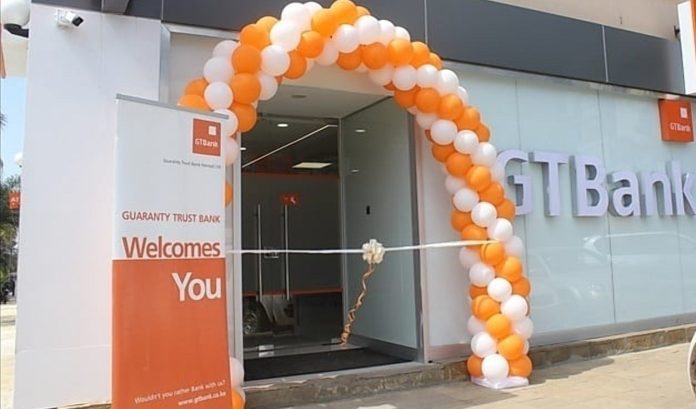A customer is involved in a protracted court battle with the Guaranty Trust Bank (GT Bank) over the wiring of Sh1.4 billion.
The customer who has been identified at the High Court in Nairobi as Wilfred Andita Mathayo alleges that on December 23, 2024, a company known as Canwell Corporation Limited transferred Sh1.4 billion (approximated Euros 9.5 million) to his GT Bank account. He claims that this money was transferred through Credit Foncier Limited.
Wilfred Andita Mathayo further says that GT Bank acknowledged the transfer through an email that was sent on December 24, 2024. However, he claims that the bank later denied receiving the funds.
As part of his evidence, Wilfred Andita Mathayo and his lawyers have submitted a SWIFT transaction report which allegedly shows the transfer of the funds was ‘in progress’. He has also submitted a confirmation from Credit Foncier which allegedly shows that the funds had not been recalled.
But these claims have been denied by GT Bank. On its part, the lender says that even though it received an instruction to pay which was identified as SWIFT MT103, the money was never credit to its foreign currency account which is held by the Standard Chartered Bank, in Frankfurt, Germany.
The lender further told the High Court that it flagged the transaction as suspicious since Wilfred Andita Mathayo had a total of Sh550 in transactions only in his GT Bank account over a two-year period. The bank further noted that this account had remained inactive since it was opened in December 2022.
The High Court appeared to lean towards the bank, with the judge question how such a huge amount could suddenly be sent to a dormant personal account without reason.
“The account’s stated purpose was personal transactions, yet suddenly, it was expecting [Sh1.4 billion],” Lady Justice (Dr) Freda Mugambi posed. “The bank acted prudently by filing a Suspicious Transaction Report (STR) with the Financial Reporting Centre… Since the bank claims that the funds were never received or credited, [the customer] must provide compelling evidence to counter this assertion… The transaction bore all the hallmarks of potential money laundering.”
READ MORE: Equity sacks scores of employees over suspicious M-Pesa, bank accounts
Justice Mugambi further noted that the claim that there was a SWIFT instruction to pay was not equivalent to the the money being sent in a successful transaction.
“The bank’s account statements, supported by internal verification, make it clear that the funds were never actually received or credited,” Justice Mugambi said. “Mere instructions to transfer funds or the existence of SWIFT messages do not suffice; there needs to be concrete evidence of transfer and receipt.”








